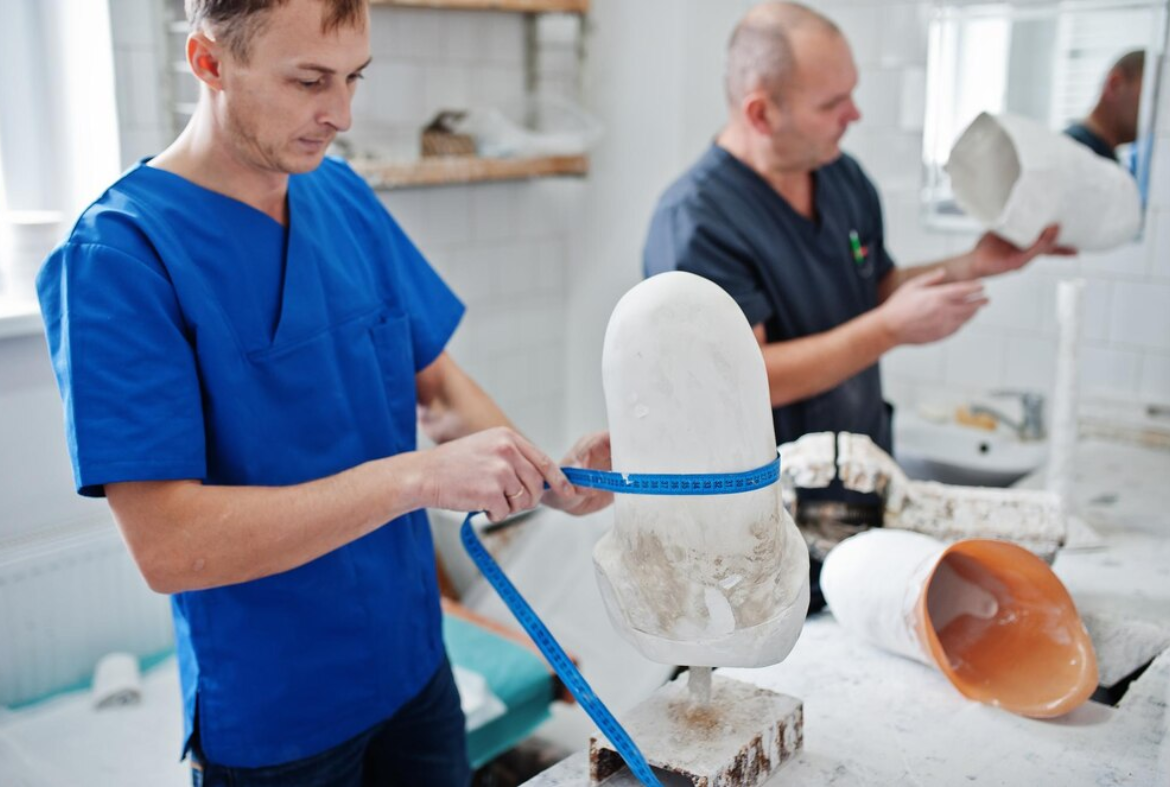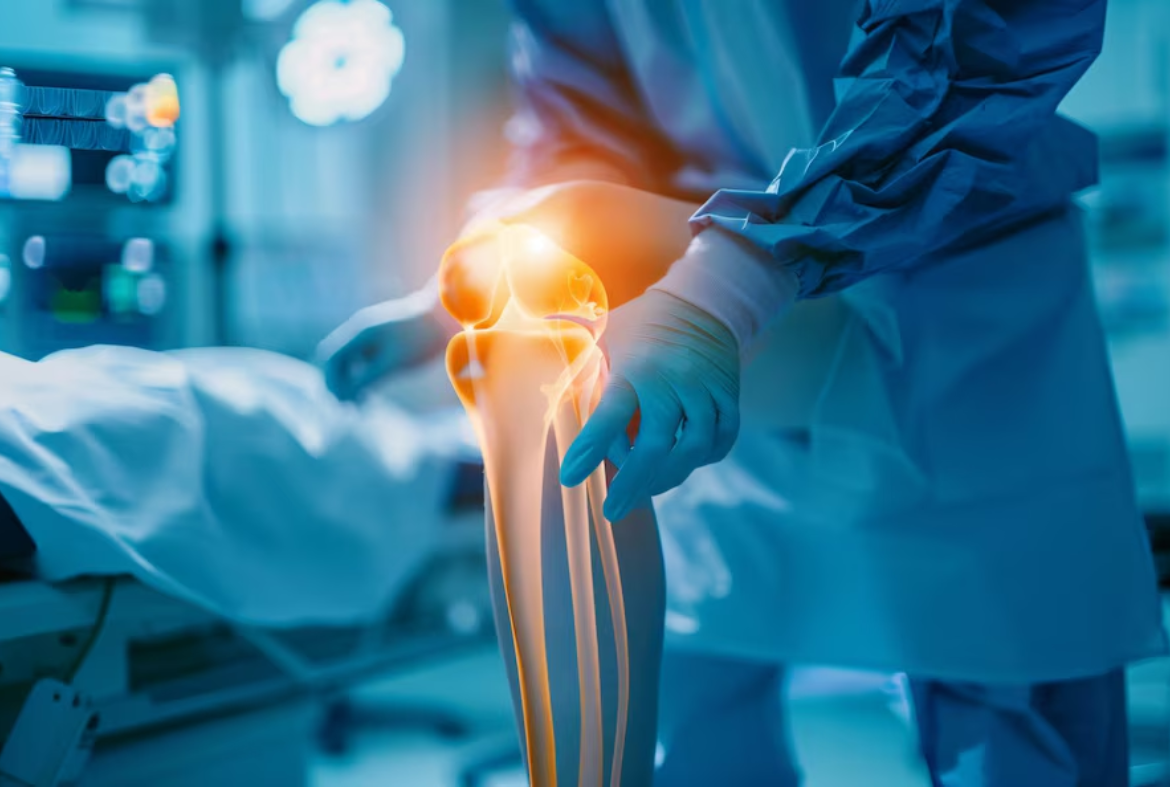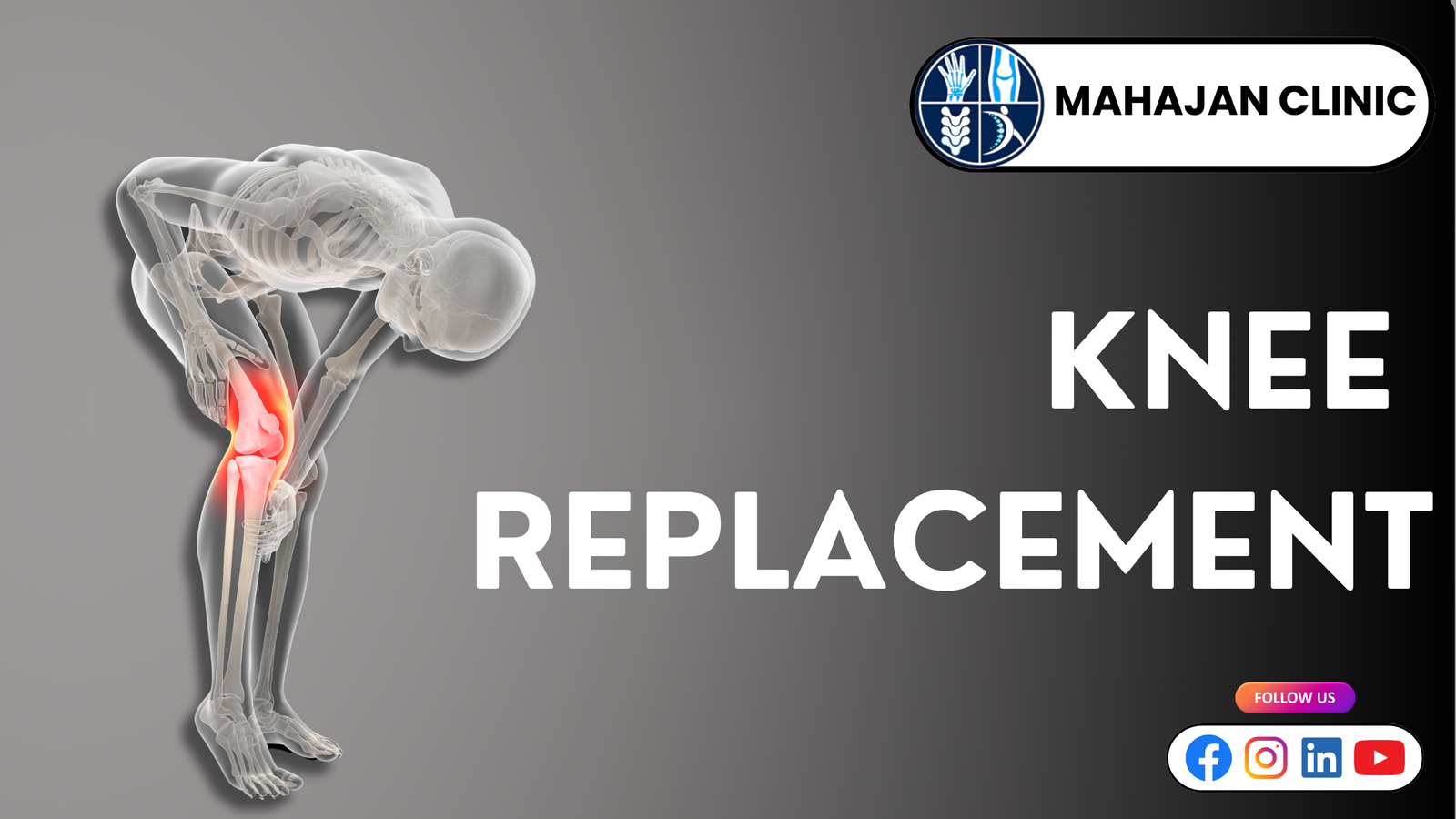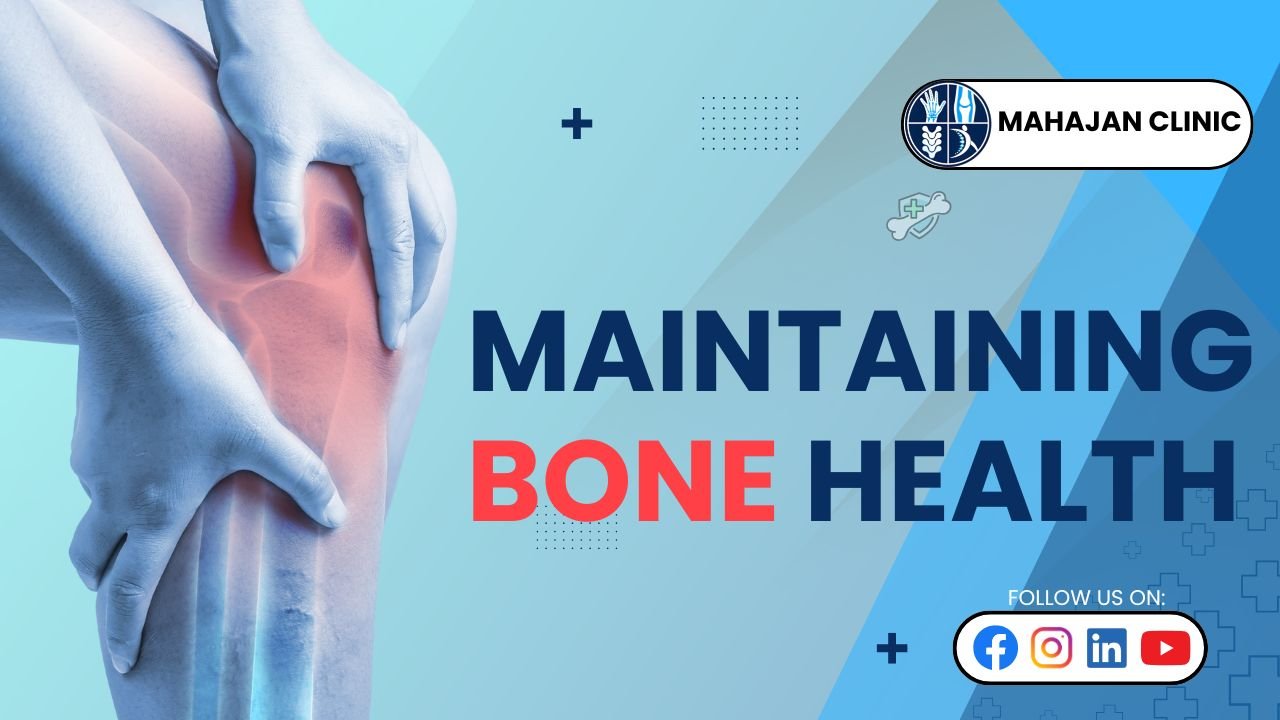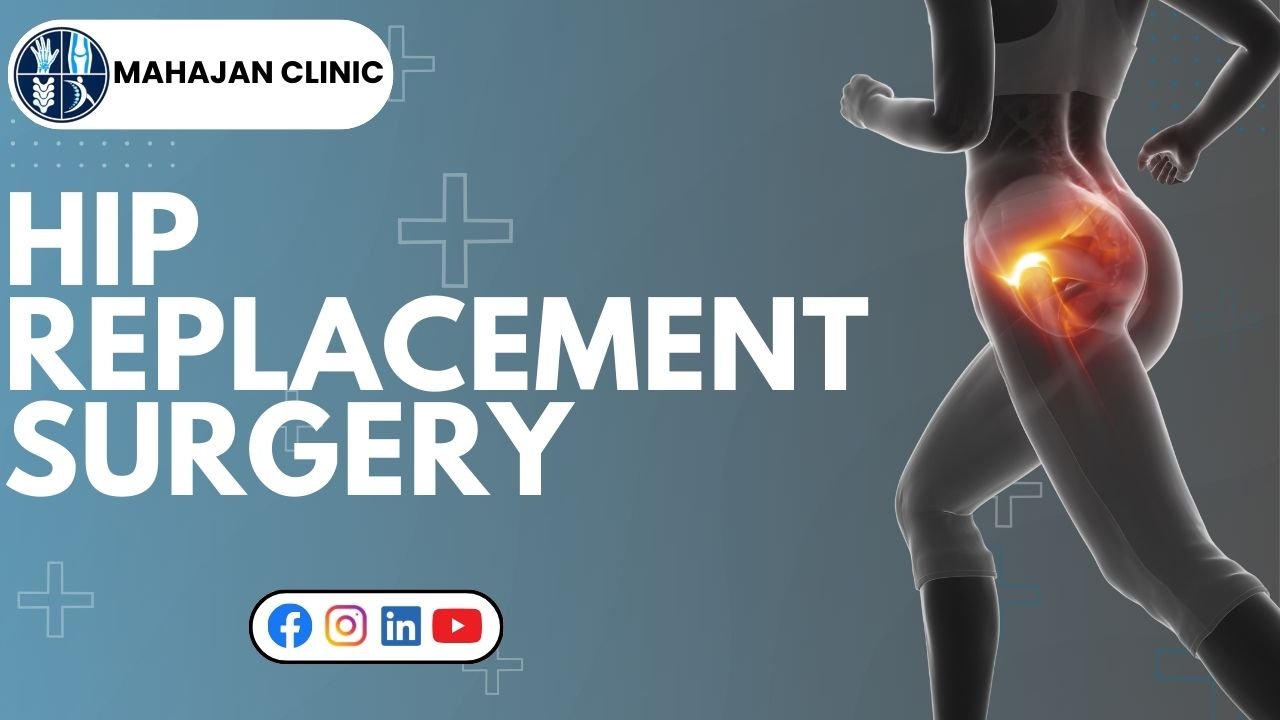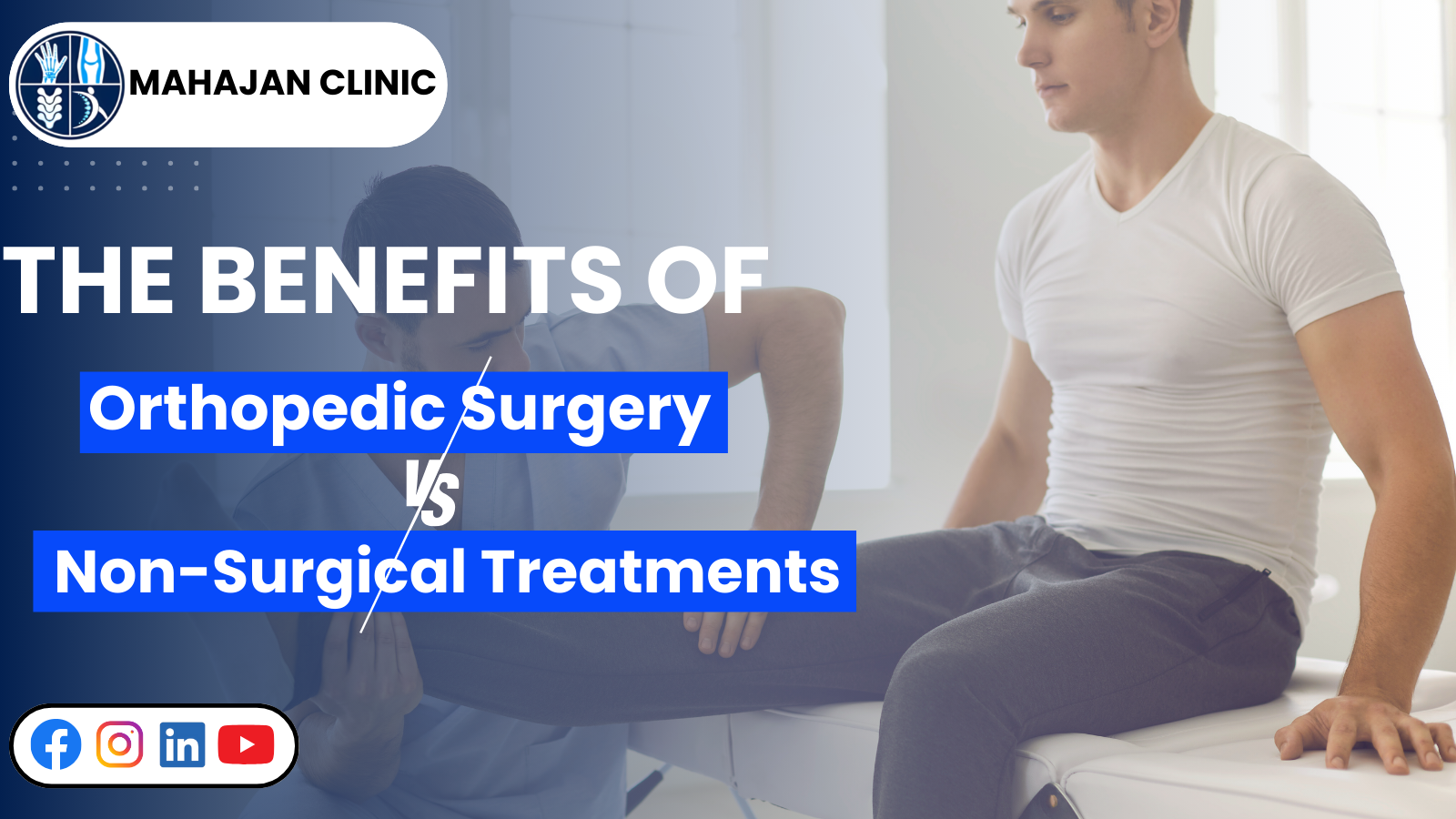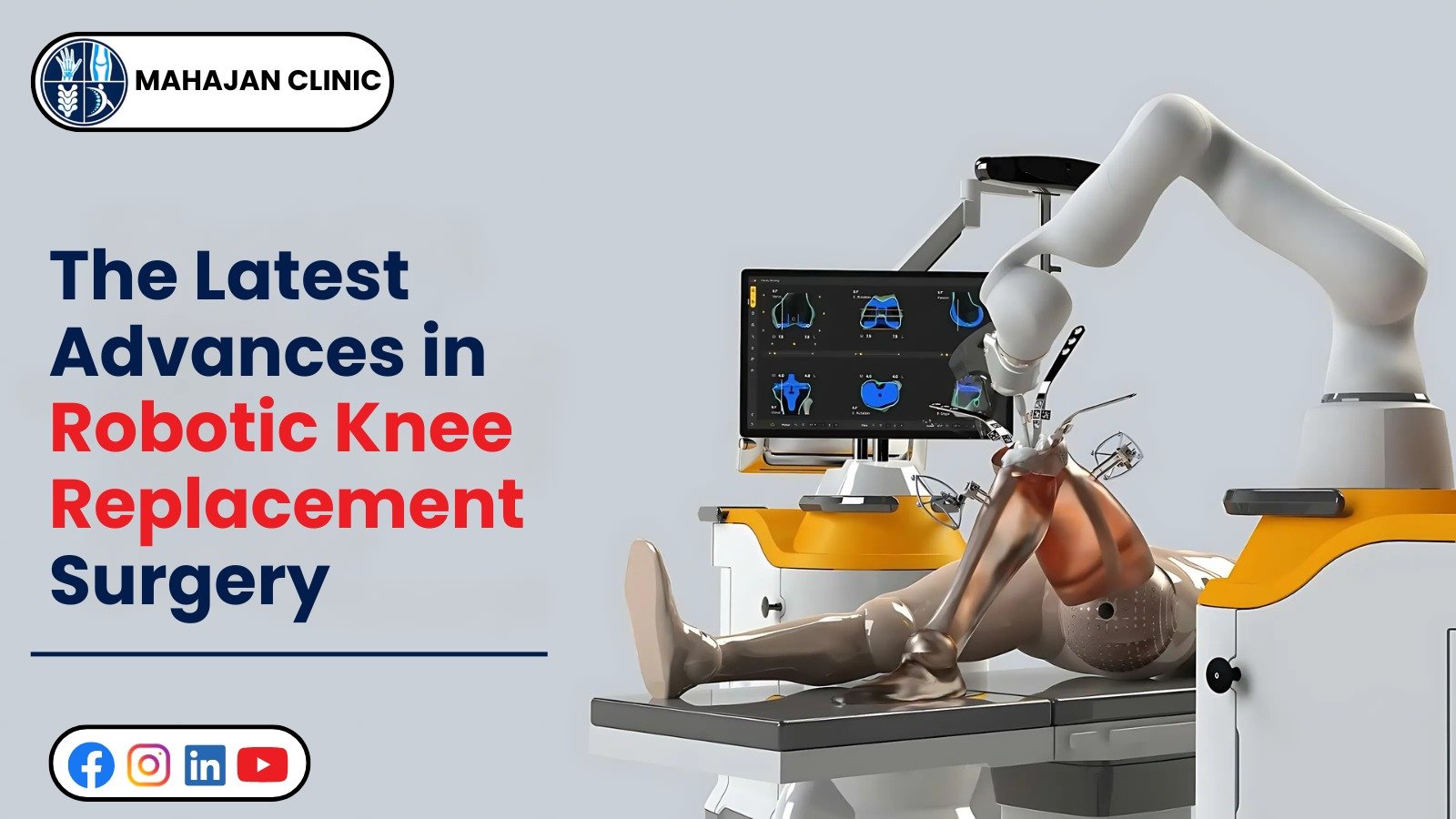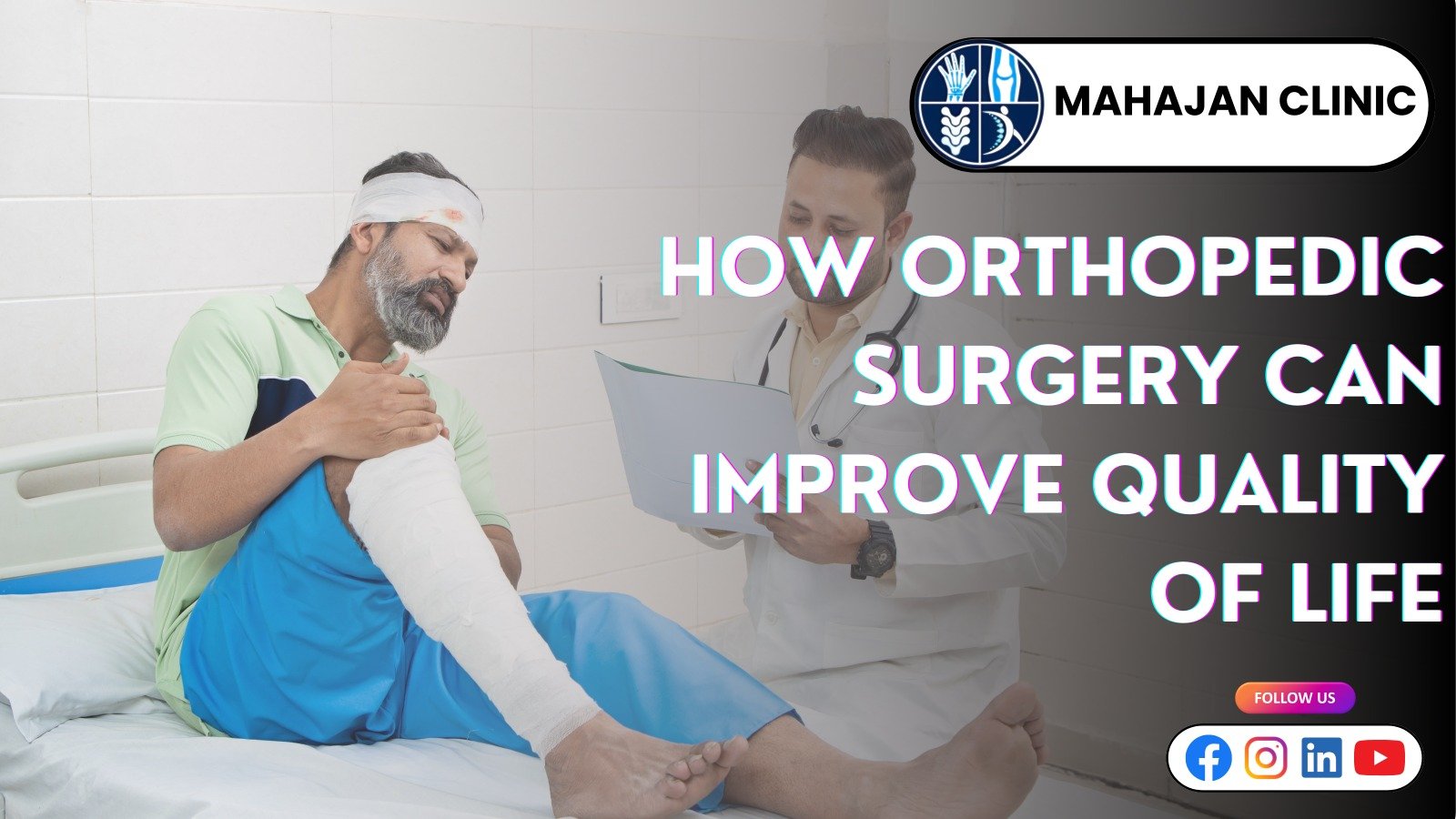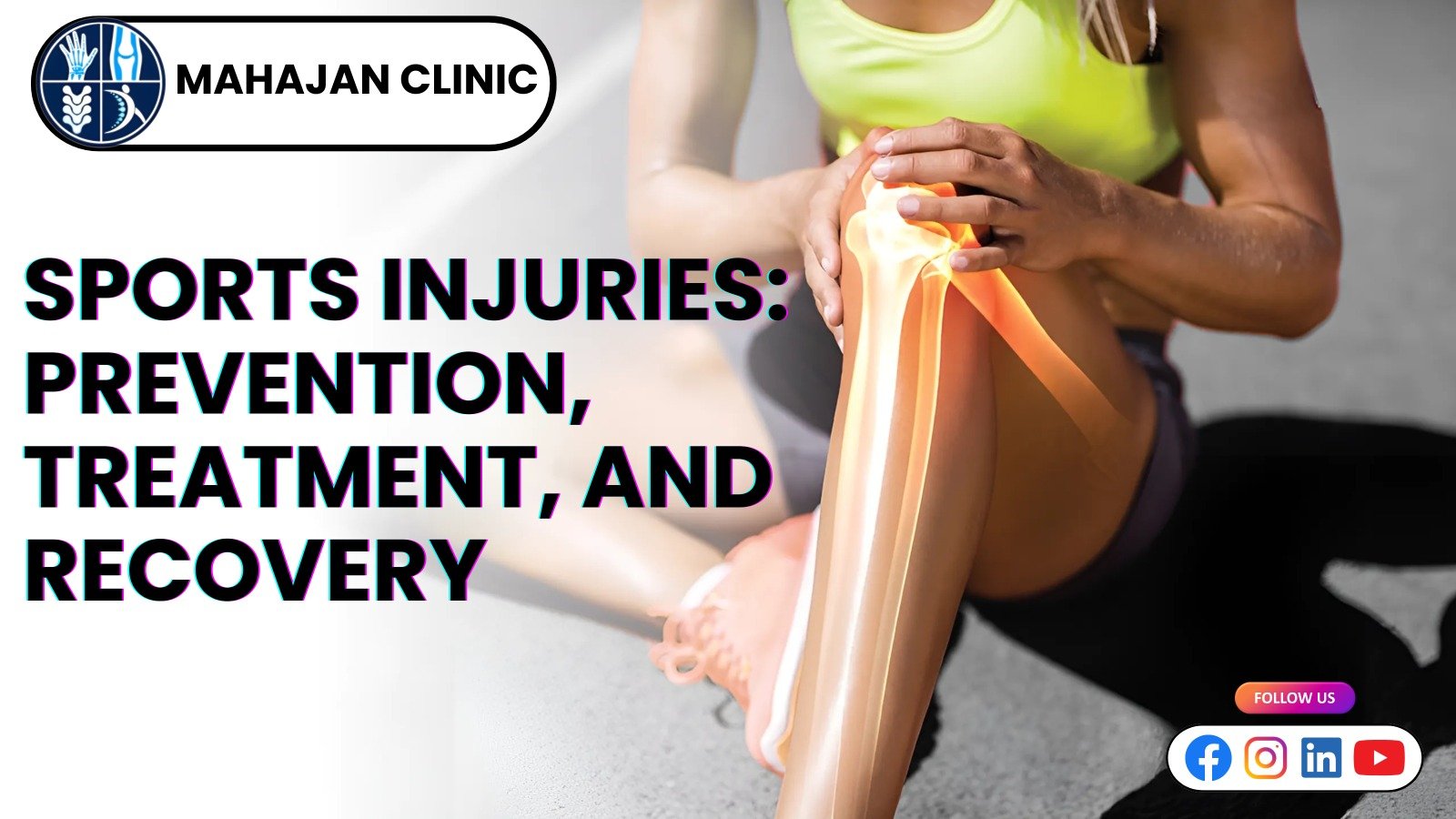Blog Details
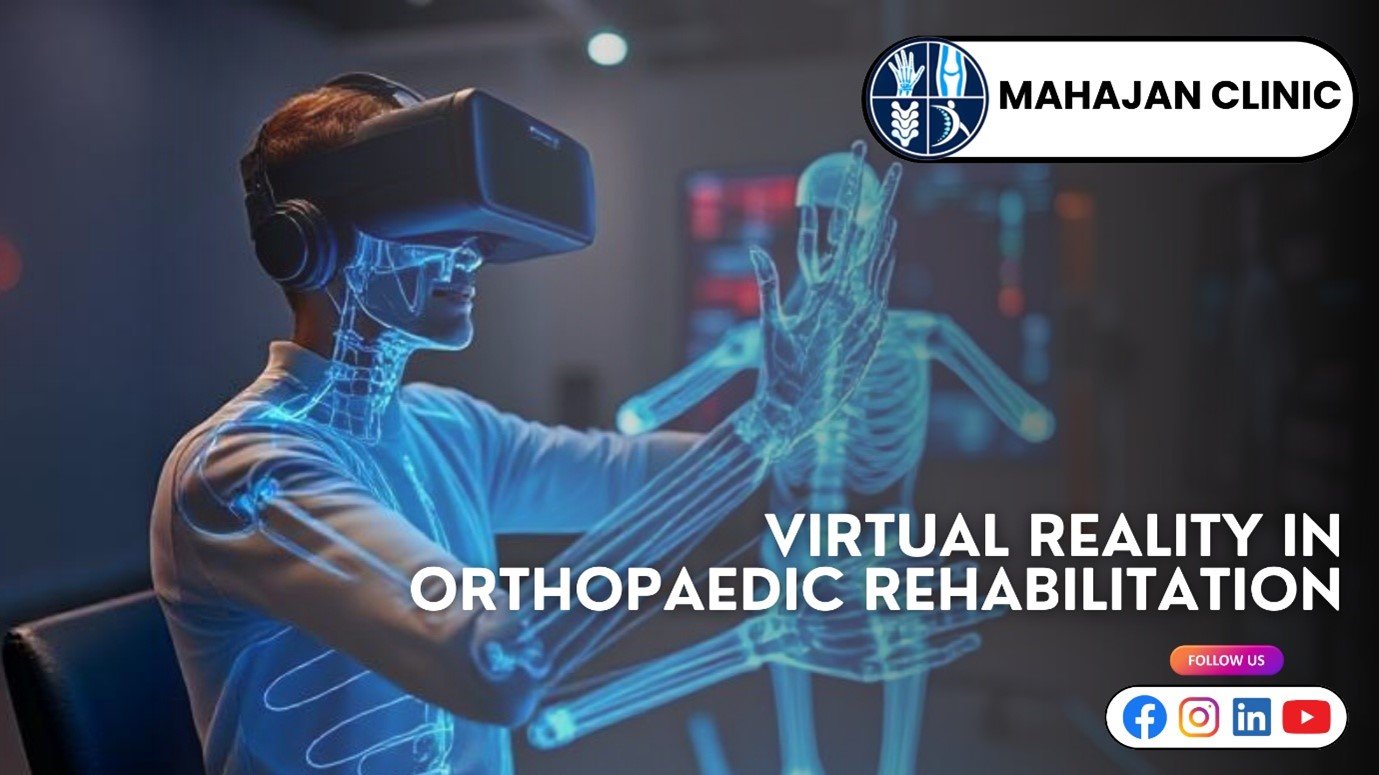
Virtual Reality in Orthopaedic Rehabilitation: A New Frontier in Healing
In order to restore function, strength, and mobility following surgeries or injuries, orthopaedic rehabilitation has historically depended on manual interventions, repetitive exercises, and structured physiotherapy. However, the way patients approach recovery has changed dramatically in recent years due to technological advancements. Virtual reality (VR) stands out among these advancements as a potent instrument that is revolutionizing orthopaedic rehabilitation. Prominent medical professionals such as Dr. Rakesh Mahajan at Mahajan Clinic are investigating how VR for orthopaedic rehab can improve patient engagement, hasten recovery, and maximize orthopaedic care results.
What is Virtual Reality in Rehabilitation?
Users can interact with a 3D environment in a way that seems real or tangible thanks to virtual reality, an interactive computer-generated simulation. With virtual reality (VR), patients can practice movements, perform exercises, and get immediate feedback in orthopaedic rehabilitation without the risks or physical restrictions that come with more conventional approaches. Under expert supervision, patients can mimic walking, bending, balancing, and other therapeutic movements using headsets, motion sensors, and haptic devices.
The fundamental concept is straightforward but profound: transforming tedious and repetitive exercises into fun, game-like activities that inspire patients to do them on a regular basis. In addition to enhancing physical recovery, this method tackles psychological issues that are frequently obstacles to effective rehabilitation, such as lack of motivation, fear of movement, and pain anticipation. This is where VR for orthopaedic rehab proves especially effective.
How VR is Changing Orthopaedic Rehab
- Enhanced Patient Engagement
Patient adherence is a major obstacle in orthopaedic rehabilitation. Conventional workouts can be boring, which makes practice irregular. By converting therapy into interactive experiences, virtual reality increases the likelihood that patients will adhere to their recommended regimens. Patients concentrate on finishing tasks rather than viewing rehabilitation as routine exercises when it is transformed into engaging games or challenges. This is a major benefit of VR for orthopaedic rehab, as engagement directly impacts recovery speed. - Customized Therapy Plans
VR systems can be customized for each patient based on their unique injury, degree of mobility, and recuperation objectives. Software can track a patient's progress in real time and modify resistance, range of motion, and difficulty as necessary. For the best recovery, patients must not be overburdened or under-challenged, which is ensured by this personalization. Customized virtual spaces make VR for orthopaedic rehab highly effective for diverse patient profiles. - Real-Time Feedback and Monitoring
VR platforms can offer immediate visual and aural feedback, in contrast to traditional therapy. Sensors monitor posture, balance, and movement accuracy, warning patients and therapists of any deviation from proper form. This prompt adjustment lowers the chance of re-injury and improves exercise effectiveness, assisting patients in regaining function more quickly. - Safe Simulation of Complex Movements
Weight-bearing exercises must be gradually increased for some orthopaedic injuries, such as knee or hip replacements. Patients can practice walking, climbing, and bending in a virtual setting with virtual reality (VR) without worrying about falling or overtaxing their joints. Patients who are elderly or have post-operative limitations benefit most from this controlled exposure. - Pain Management and Psychological Benefits
One major obstacle to rehabilitation is pain. Through interactive tasks, virtual reality has been demonstrated to divert patients' attention from discomfort. Immersion VR experiences have been shown in studies to improve mood and lessen perceived pain intensity, which indirectly increases therapy participation. Additionally, by offering a secure virtual environment for patients to regain confidence in their abilities, virtual reality (VR) can assist patients in overcoming kinesiophobia, or the fear of movement.
Applications of VR in Orthopaedic Conditions
- Post-Surgical Rehabilitation
Patients need controlled exercise to regain mobility following procedures like ligament reconstruction, shoulder surgery, or total knee replacement. VR-based rehabilitation programs offer a thorough recovery plan that is both efficient and inspiring by guiding patients through safe movements, tracking progress, and monitoring joint angles. - Fracture Recovery
Following a fracture, patients frequently experience muscle weakness, stiffness, and restricted range of motion. Without putting undue strain on the healing bone, VR exercises can gradually increase strength, promote muscle activation, and gently mobilize joints. - Neuromuscular Training
Neuromuscular re-education is necessary for certain orthopaedic conditions, such as ACL injuries or musculoskeletal impairments following a stroke. VR games that call for controlled movement, balance, and coordination can improve proprioception and motor learning, hastening functional recovery. - Chronic Musculoskeletal Pain
In a stimulating, low-stress setting, virtual reality (VR) can combine mild exercises with distraction therapy for patients with chronic conditions like osteoarthritis or lower back pain, increasing flexibility, strengthening muscles, and easing discomfort.
Advantages of VR for Orthopaedic Rehab
- Consistency and Motivation: Patients are more likely to complete exercises when therapy feels like an engaging activity.
- Objective Measurement: Motion sensors provide accurate data on movement patterns, strength, and balance.
- Remote Rehabilitation: VR platforms can be used at home, enabling telerehabilitation and extending care beyond the clinic.
- Reduced Risk of Injury: Safe simulation allows patients to practice challenging movements without fear of harm.
- Enhanced Recovery Outcomes: Studies suggest faster improvement in range of motion, balance, and functional ability with VR for orthopaedic rehab compared to conventional methods alone.
Challenges and Considerations
VR in orthopaedic rehabilitation has drawbacks despite its many advantages. Not all patients may feel comfortable using technology, and VR systems and software can be expensive initially. Clinicians are required to continuously monitor patient safety and make sure that exercises are medically appropriate. Furthermore, since hands-on guidance is still essential for complex or severe injuries, virtual reality should be used in addition to traditional therapy and professional supervision rather than in place of them.
Physiotherapists and orthopaedic specialists must also receive training in order to integrate VR into clinical practice. Maximizing the potential of virtual reality technology requires knowledge of how to calibrate VR systems, analyse feedback data, and create customized virtual therapy plans. Furthermore, patient education is required to make sure they comprehend the significance of regular practice and following exercise instructions.
The Future of VR in Orthopaedic Care
VR has a bright future in orthopaedic rehabilitation. It is anticipated that developments in wearable technology, machine learning, and artificial intelligence will improve the accuracy, interactivity, and personalization of VR therapy programs. Algorithms powered by artificial intelligence (AI) can evaluate patient data to forecast recovery paths, suggest changes instantly, and spot possible issues before they happen. To further bridge the gap between virtual and real-world therapy, haptic feedback and tactile sensors will give patients a more realistic sense of movement and resistance.
To create programs that are both medically effective and patient-friendly, orthopaedic surgeons, physiotherapists, and VR developers must work together. VR will become a crucial part of today's orthopaedic rehabilitation as clinical trials and research continue to improve procedures, pinpoint best practices, and confirm long-term results.
Final Summary
Virtual reality is a paradigm shift in orthopaedic rehabilitation, not just a new technological advancement. Through personalized, data-driven, and engaging therapy, virtual reality (VR) enables patients to take an active role in their recovery and regain function more quickly. With innovations like VR for orthopaedic rehab, patients' recuperation processes can be quicker, safer, and more pleasurable. Prominent specialists, such as Dr. Rakesh Mahajan at Mahajan Clinic, are leading the way in these methods to offer all-encompassing, state-of-the-art treatment that takes into account the psychological as well as the physical components of rehabilitation. VR's influence on orthopaedic recovery will only increase as it develops further, pointing to a time when rehabilitation will be as engaging and inspiring as it is successful.
